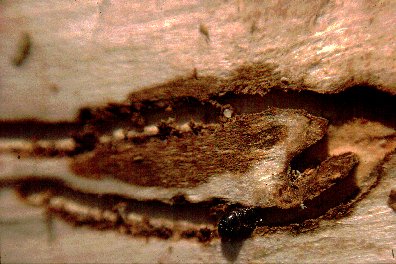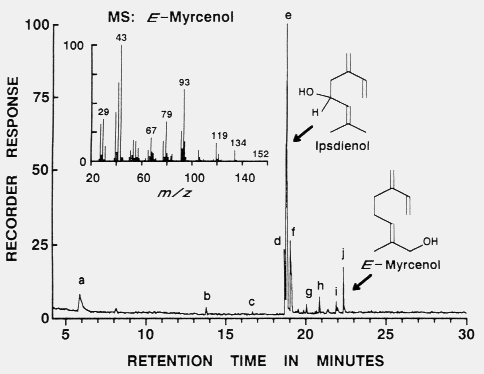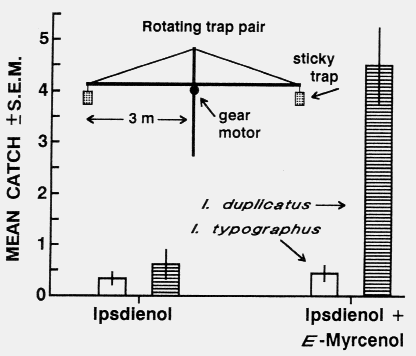1Department of Animal Ecology, Lund University, SE-223 62 Lund, Sweden
Present address:

2Chemical Ecology, Göteborg University, SE-405 30 Göteborg, Sweden
3Department of Organic Chemistry, University of Hamburg, Martin-Luther-King Platz 6, D-2000 Hamburg 13, Germany


